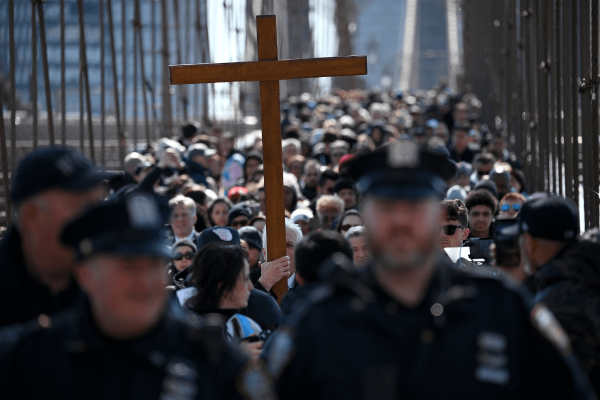Apr 17, 2025
Reading these passages today, Jesus’ trial is a striking example of the interplay between the political power brokers who condemn Jesus to death and the crowds who cried out to Jesus days earlier for deliverance. While Pilate is responsible, he uses the crowd’s actions as cover, absolving himself of responsibility for deciding Jesus’ fate. Reading this story amid the deeply concerning judicial drama playing out in real time between the Trump administration and courts, I’m reminded of the role we all can play when we collectively act — or fail to act — in support of justice.
Read the Full Article

Already a subscriber? Login
